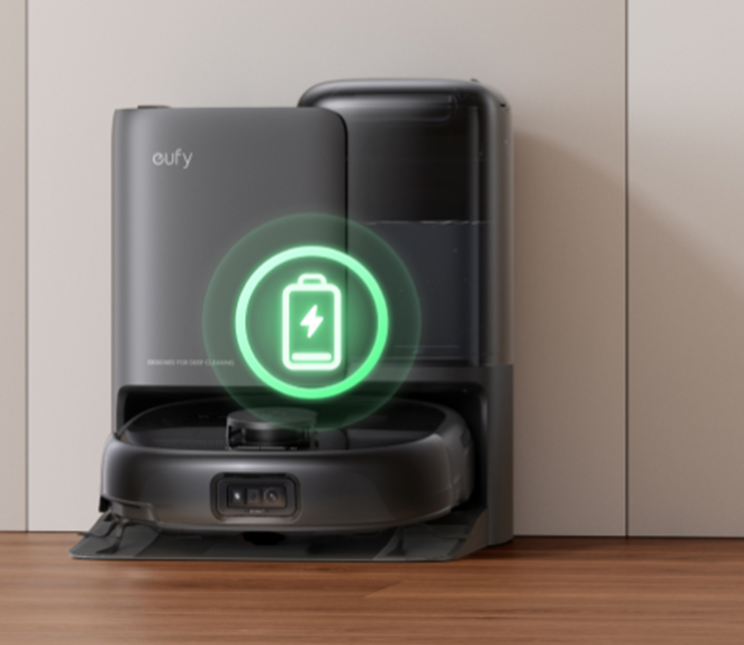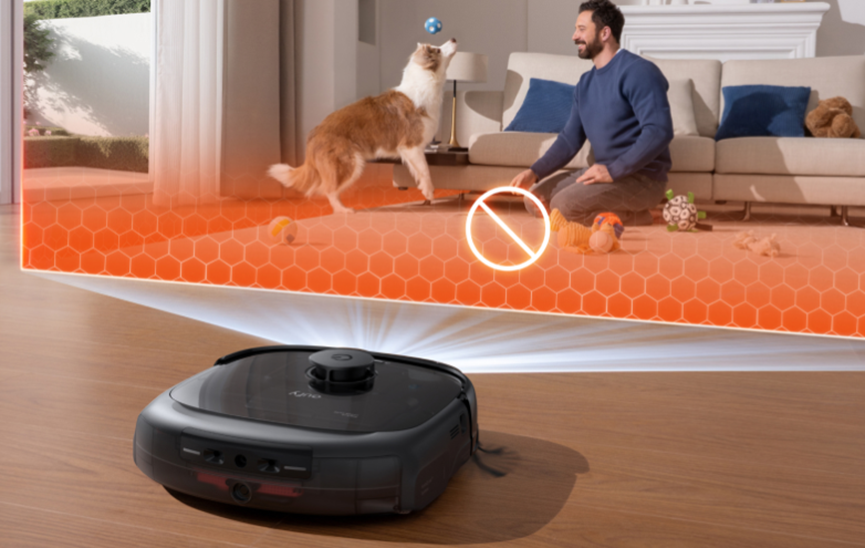Robot hoovers have redefined modern home cleaning by eliminating the daily hassle of pushing a vacuum. Whether you’re juggling work, kids, or pets—or simply prefer a low-effort lifestyle—these smart devices promise clean floors with minimal supervision. However, with countless options available, from budget-friendly models to premium units boasting AI and mapping features, it’s easy to feel overwhelmed. To make a smart purchase, you’ll need to match your specific cleaning needs to the right specs. This comprehensive guide walks you through the essential considerations—home layout, floor type, pets, suction power, navigation features, connectivity, maintenance, and budget.

Understand Your Home’s Unique Cleaning Needs
Your home’s layout, flooring, and residents (human or furry) play a huge role in determining which robot hoover will work best.
Flooring and Surface Types
The type of flooring in your home is a primary factor. Hardwood, tile, or laminate floors need gentle cleaning to prevent scratches, so look for robots with soft bristle brushes or rubber rollers. For carpets—especially thick, plush ones—suction power is vital. Models with adjustable suction settings can switch between low (for hard floors) and high (for carpets) to avoid wasting energy. If you have a mix of flooring, choose a robot with sensors that automatically detect surface types and adjust accordingly, ensuring efficient cleaning across all areas.
Pet Owners and Allergy Sufferers
If you share your home with furry friends, a robot hoover with anti-tangle brushes and powerful suction is essential. Pet hair can clog ordinary vacuums, so go for models with self-cleaning brush rolls or rubber extractors that resist tangling. Additionally, HEPA filters are a must for allergy sufferers. These filters capture tiny allergens—dust, pet dander, and pollen—and prevent them from recirculating. Some robot vacuums also include targeted pet-hair cleaning modes for zones like sofas or pet beds. Choosing a model designed with pets and sensitivities in mind will keep your air cleaner and reduce allergy flare-ups significantly.

Evaluate Navigation and Smart Features
A robot hoover’s ability to navigate your home and integrate with your daily routine can make or break its usefulness.
Navigation Technology
Basic robots use random navigation, bouncing around rooms and potentially missing spots. For more thorough cleaning, opt for models with mapping technology (like LiDAR or camera-based systems). These create a digital map of your home, allowing the robot to clean in systematic rows and avoid missed areas. Mapping also lets you set virtual boundaries—blocking off areas like pet food bowls or charging cords—or schedule cleanings for specific rooms. If your home has lots of furniture or tight spaces, look for robots with 3D sensors that detect obstacles and maneuver around them without getting stuck.
Smart Connectivity
Modern robot hoovers offer more than just automatic cleaning—they integrate with your smart home. Wi-Fi-enabled models let you control cleaning via a smartphone app, so you can start a session while at work or check if the robot finished cleaning. Voice control, compatible with Alexa, Google Assistant, or Siri, adds another layer of convenience (“Hey Alexa, start the vacuum”). Some advanced models even learn your cleaning habits, automatically adjusting schedules based on when you’re away from home.
Budget and Maintenance
Finally, consider the long-term costs of owning a robot hoover, beyond the initial purchase price.
Setting a Budget
Robot hoovers are available at almost every price point. Basic models under $200 can handle small apartments or minimal dust but may lack essential features like strong suction or app control. Mid-range models ($300–$600) often include better navigation, scheduled cleaning, mobile apps, and stronger suction—ideal for most families. Premium models ($600+) often feature self-emptying docks, mop functions, multi-floor mapping, and AI-powered route learning. While a higher upfront investment, these units require less daily attention and cover more ground efficiently. Think long-term: spending a bit more upfront on a quality device can reduce cleaning time and extend the lifespan of the hoover.
Maintenance Requirements
Maintenance is an ongoing cost many buyers overlook. Every robot vacuum needs periodic cleaning and part replacement. Filters, brushes, and side sweepers typically need replacing every 2–6 months. Emptying the dustbin regularly is crucial for peak performance. Models with self-emptying bases transfer debris into a larger bin and require less frequent emptying—perfect for busy households or those with pets. Check whether the unit sends maintenance reminders or shows part wear status in the app. Also, consider how easily parts detach for cleaning. A well-maintained robot vacuum not only performs better but also lasts longer and saves money in the long run.
Conclusion
A robot hoover can be a game-changer—saving time and effort while keeping your home clean and allergen-free. But the best choice isn’t always the most expensive. It’s the one that fits your lifestyle. Take time to assess your flooring type, household needs (like pets or allergies), and desired smart features. Evaluate how much hands-on maintenance you’re willing to do and how much you can invest. From budget-friendly basics to intelligent machines with self-emptying, mopping, and mapping features, there’s a robot hoover tailored to your needs. Make an informed decision, and your floors will thank you—with minimal effort on your part.
